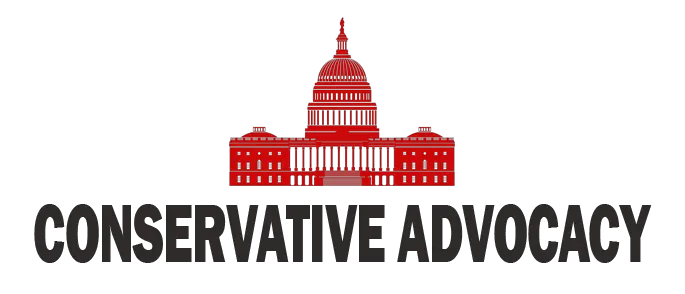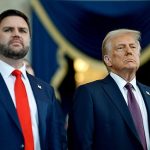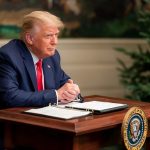In a move that could only be described as a whirlwind of economic excitement, President Trump has ratcheted up the tension with a series of executive orders that have sent shockwaves through the global economy and ignited a debate about inflation and tariffs. With a bold strategy aimed at halting illegal immigration and combating the fentanyl crisis, Trump is upping the ante by imposing hefty tariffs on imports from Canada, Mexico, and China. One has to wonder if he’s been channeling some kind of economic superhero vibe while signing these orders.
Starting off with Canada and Mexico, those friendly neighbors are suddenly facing a 25% tariff on imports, while energy products will get a slight break at 10%, perhaps so American families can continue to afford gas without requiring a loan. For China, the stakes are equally high with an additional 10% tariff slapped on — all of this coming in hot off the press as Trump’s attempts to stop drug smuggling and secure the borders take a major twist. It appears he’s decided that trade wars are an acceptable front line in our fight against the illegal drug trade, and who can blame him?
Critics patently ignore that every dollar collected from these tariffs ends up falling back onto the shoulders of American consumers and businesses, making this feel less like a strategic chess move and more like a game of economic pinball. Once again, it seems modern politicians have forgotten that tariffs often act as a tax increase for Americans. Sure, Trump insists that foreigners will be picking up the tab on this, but shop owners and families will likely see the actual pinch when they hit the register.
While border patrol numbers may suggest that crossings are decreasing, Trump isn’t phased. He argues that there’s an insidious alliance between Mexican drug traffickers and government officials. This alarming “intolerable alliance,” he claims, endangers national security. How this translates into a tax hike on consumers remains a mystery, but for Trump, it’s apparently all part of the plan to eradicate the reach of dangerous cartels and get America back to the top of the economic food chain.
What do Trump’s executive orders say on tariffs and how would they work?https://t.co/xHTT4gQVp1 pic.twitter.com/JhlhDWrt0n
— The Washington Times (@WashTimes) February 3, 2025
Interestingly, while the tariffs come into effect, the planned retaliatory taxes from Canada and Mexico are already brewing. Like a toddler catching a tantrum “in the act,” the backlash is imminent, and Trump’s orders indicate that he may respond with even more tariffs if the North American neighbors decide to throw a fit. However, it’s essential to note that the ball is still in Trump’s court, with an eye on how he’ll manage his strategies and deal with vigilant lawmakers waiting in the wings.
One notable aspect of Trump’s executive orders is the removal of the “de minimus” exception for low-value imports. Previously, items costing less than $800 could skate through customs without any tariffs, but it seems those days are over for Canada, Mexico, and China. Will online shoppers feel the heat? It’s very possible. Congress is left with some oversight responsibilities, but there’s no clear outline of the benchmarks that must be met or the path forward for phasing out tariffs. In true Trump style, it’s going to be all about the art of the deal from here on out, leaving everyone to wonder what’s next on this rollercoaster ride of economic chaos.




